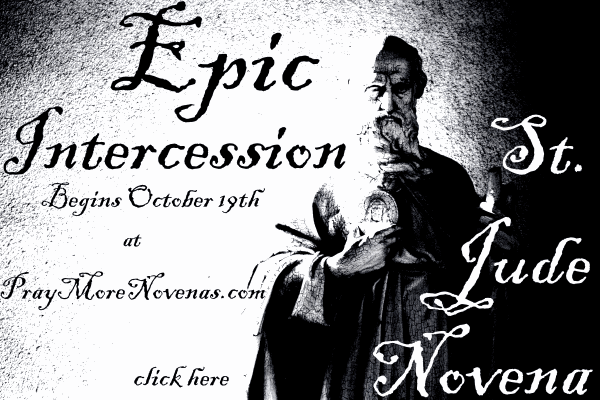But, when my parish started promoting Forty Days for Life, I decided to get off my lazy behind and sign up. One Friday after work I drove to downtown Fairfax and spent and hour praying in front of a clinic. It was in a nondescript concrete medical complex - aren't they all? Except for Planned Parenthood chapters, there are never giant signs saying something like "abortions done here." That's probably half the battle of clinic prayer vigils; helping people realize that a hidden issue is happening in their own neighborhoods.
Happily, my "keeping rosaries on your ovaries" shift coincided with that of my parish's young adult group. I met some very nice people, including a couple who recently converted. We got a few friendly honks and thumbs-up, mostly from senior citizens. We also scored a sustained, angry honk with pointing; and a car full of idiot frat guys who yelled "Whoohoo! Abortion!!" I wondered about younger passengers who just gazed with furrowed brows. Did long conversations with their parents ensue?
Brother #2's high school class has been participating in the Manassas Forty Days full force. Their best heckler was a man on a motorcycle who gave them the Jersey salute ... and then promptly realized you need BOTH hands to steer a bike.
Conversations that only happen in a Catholic family:
Brother #2: "Hey Dad, is it ok if I drive myself to school tomorrow since we're doing Forty Days for Life during first period? And can I give C. (his sweetheart) a ride?"
Me: "So what you are saying is, 'Can I borrow the car to drive my girlfriend to the abortion clinic?'"
Dad: "Sure, that sounds fine."
Speaking of Catholic families, my boss' wife just had their third child/first daughter, and so my office has been in the throes of baby fever. It's great to see so many people excited about new life, and so supportive of a woman in the tough final stretch of pregnancy.
One pro-life topic that does get me excited is discussion of how our society deals with fertility and how it accomodates pregnant women. Somewhat surprisingly, Slate often presents such studies, such as this
analysis of he new dystopian sci-fi thriller, In Time. The article proposes that increased longevity (and therefore a larger population) need not be a zero-sum game. Or how about this piece on the economic fertility divide - upper class women have few offspring later in life, while poorer women have many children. When I worked at a non-profit for at-risk babies, I definitely saw many inner-city mothers who had 3 or more kids by their early twenties. Then in grad school I noted the convention of delaying children until tenure - often well into one's 30s. I was pleased to see that the article's author agreed with me that our culture needs to offer more support and resources for pregnant women, especially those who are working mothers. Even if abortion were illegal tomorrow, the personal difficulties and social pressures that drive women to such a destructive choice would still exist. We must also fight for a world where children don't seem like a burden, and motherhood doesn't make someone a bad employee.
analysis of he new dystopian sci-fi thriller, In Time. The article proposes that increased longevity (and therefore a larger population) need not be a zero-sum game. Or how about this piece on the economic fertility divide - upper class women have few offspring later in life, while poorer women have many children. When I worked at a non-profit for at-risk babies, I definitely saw many inner-city mothers who had 3 or more kids by their early twenties. Then in grad school I noted the convention of delaying children until tenure - often well into one's 30s. I was pleased to see that the article's author agreed with me that our culture needs to offer more support and resources for pregnant women, especially those who are working mothers. Even if abortion were illegal tomorrow, the personal difficulties and social pressures that drive women to such a destructive choice would still exist. We must also fight for a world where children don't seem like a burden, and motherhood doesn't make someone a bad employee.
 |
| One of the tiniest clients I met in St. Louis |
For more Quick Takes, visit Conversion Diary!


